Do you know how important O rings are for sealing and preventing leaks? These small, circular seals come in different types, each designed for specific jobs. Picking the wrong one can cause leaks or breakdowns.
But how do you decide which one is right for you? Don’t worry—this guide will walk you through everything you need to know. Keep reading to discover the perfect O ring for your needs!
What Are O Rings and How Do They Work?
O rings are small but essential components used to prevent leaks in various systems. These circular seals are found in hydraulic, pneumatic, and automotive applications. Their job is to create a tight seal between two surfaces, keeping fluids or gases from escaping.
The design of an O ring is simple yet effective. It has a circular cross-section that compresses when placed between two parts. This compression fills tiny gaps, forming a strong seal. O rings can handle changes in pressure, temperature, and movement, making them versatile and reliable.
Material selection is critical for O ring performance. Different materials work for different conditions. Nitrile rubber is great for oil resistance. Silicone is ideal for extreme temperatures. Fluorocarbon handles chemicals and heat well. Choosing the right material ensures durability and prevents failures.
O rings may seem small, but they are vital to system efficiency and safety. They reduce the risk of leaks, lower maintenance needs, and improve reliability. With the right material and size, O rings perform flawlessly, even in challenging environments.
Types of O-Rings
Static O-Ring
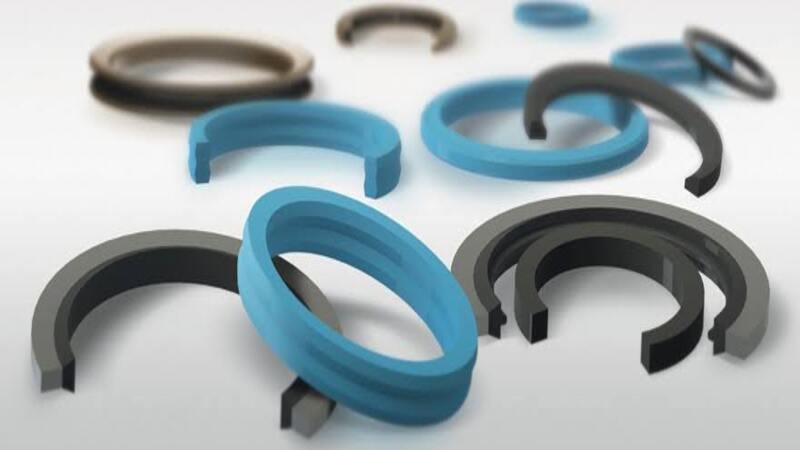
The static O ring is put to use in applications where it remains fixed. The static O ring is suitable for use between two hard surfaces such as flanges or the valve seats. These O rings are perfectly designed to seal high-pressure and high-temperature applications without any shifting of the O rings. Examples include nitrile, silicone, or PTFE depending on compatibility with chemicals and conditions under which it will be used. Static O rings are useful for making long-term seals.
Dynamic O Rings
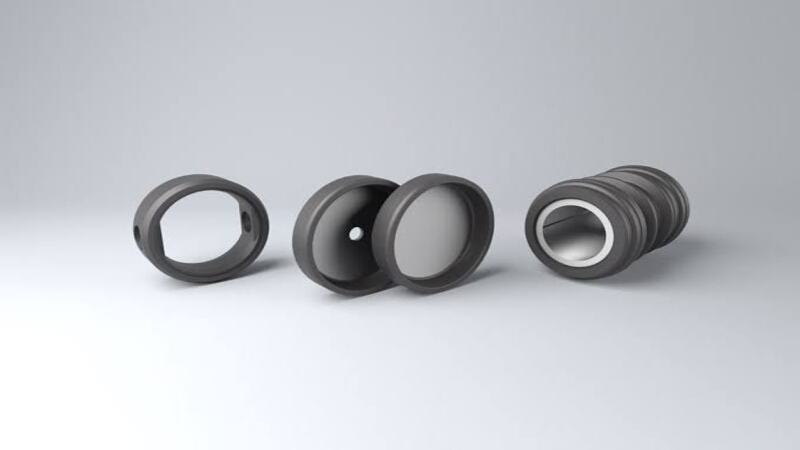
Dynamic rings are designed to be used in the motion area like pistons reciprocating or shafts that are in rotation. Dynamic O-rings deal with wear and tear while still providing a seal that will not let go. To minimize wear, they are usually made using hard-wearing elastomers such as Viton or polyurethane.
Some designs include the provision of some systems that prevent the generation of heat or include layers that reduce heat generated. The dynamic O-rings are used in hydraulic cylinders, pumps, and motors where performance is paramount when in motion.
Specialty O-Rings
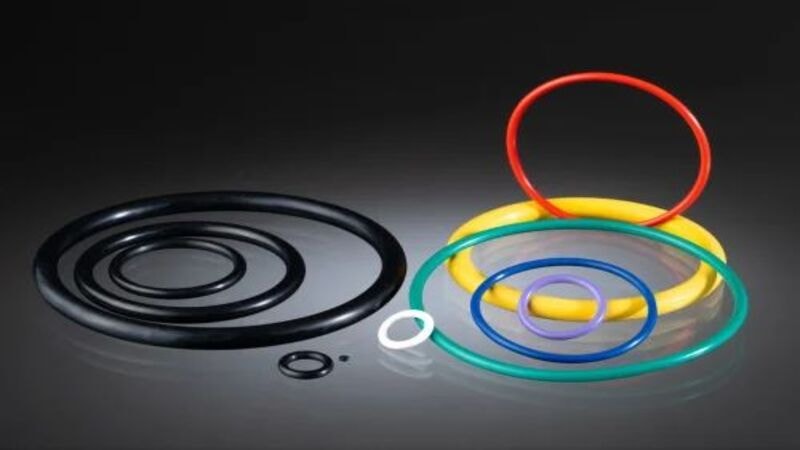
The specialty O-rings are made to fit specific or severe conditions. The conditions may be high-pressure, cryogenic, or chemically aggressive. For special conditions, they are made of high-performance polymers such as perfluoro elastomers or fluorosilicone. Specialty designs are square cross-sections, hollow cores, or encapsulated coatings for further protection. These O-rings are used in industries like aerospace, medical, and oil and gas to have an accurate sealing performance in high-stress conditions.
O-Ring Materials
Nitrile Rubber
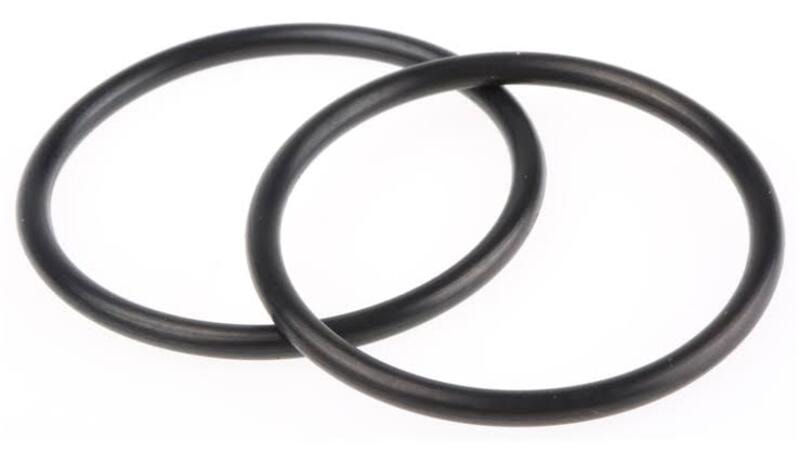
Nitrile rubber O-rings are resistant to oil, fuels, and the majority of petroleum based fluids. Silver-plated products are therefore suitable for use in automotive engines, fuel systems, and oil pipelines.
They also have good wear and tear resistance, and they are suitable for use in temperatures ranging from -40ºC to 120ºC. However, they are sensitive to ozone and strong acids, which means that the material cannot be exposed to them.
Silicone Rubber
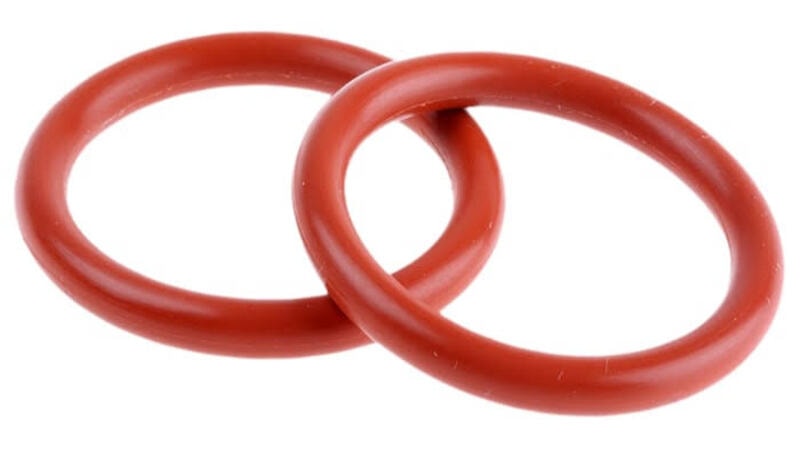
Silicone rubber O-rings are ideal for use in very low and high temperatures of between -60°C and 200°C. They are widely employed in products such as pumps and valves because they are biocompatible. They are ideal for food processing and severe environmental conditions but relatively poor in withstanding petroleum fluids.
Viton (FKM)
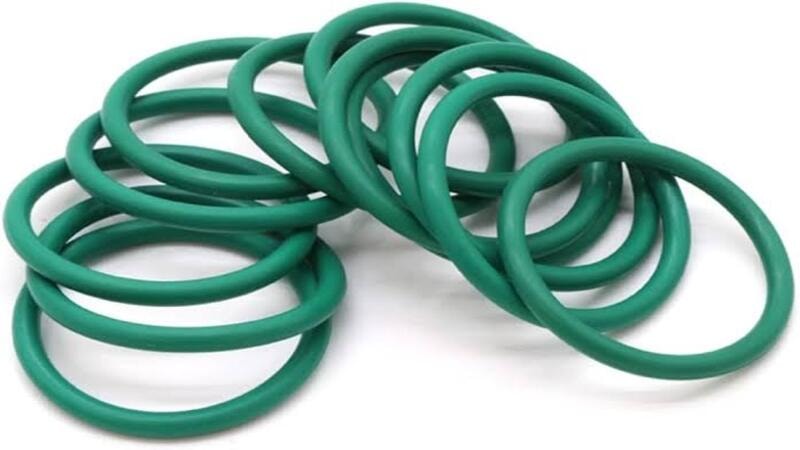
These Viton O-rings can easily withstand all forms of aggressive chemical solvents and high heat up to 210 degrees Celsius. Such characteristics make them ideal for use in chemical processing plants, the manufacture of pharmaceutical equipment, and the oil and gas industries.
They also stand up to ozone and UV degradation quite well. Viton O rings don’t work with ketones and some chemicals. Always check compatibility to avoid mishaps.
EPDM
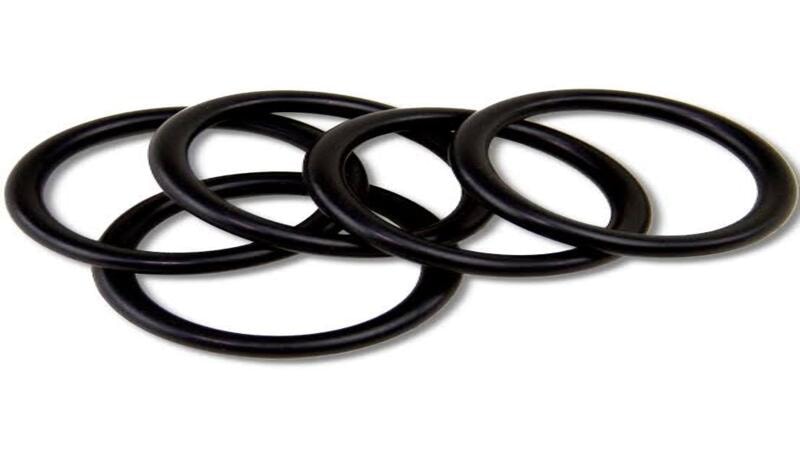
Weather, ozone, and water resistance give EPDM O-rings their popularity in car radiators, HVAC systems, and water treatment industries. It can operate at -50°C to 150°C but cannot be used in petroleum-based fluids.
Neoprene
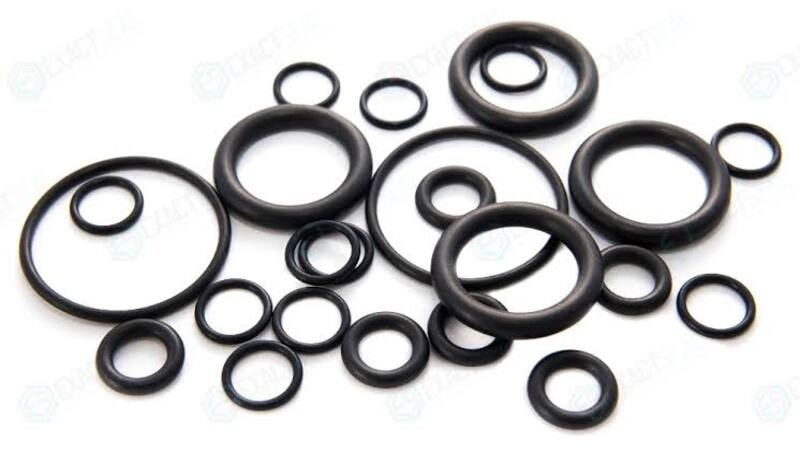
Neoprene O-rings are moderately oil and weather-resistant as well as resistant to specific chemicals. Standard Helical Springer O-rings are widely employed in refrigeration, automobile manufacturing, and marine applications because of their mechanical properties and the material’s performance in different conditions.
Nitrile vs. Silicone O-rings
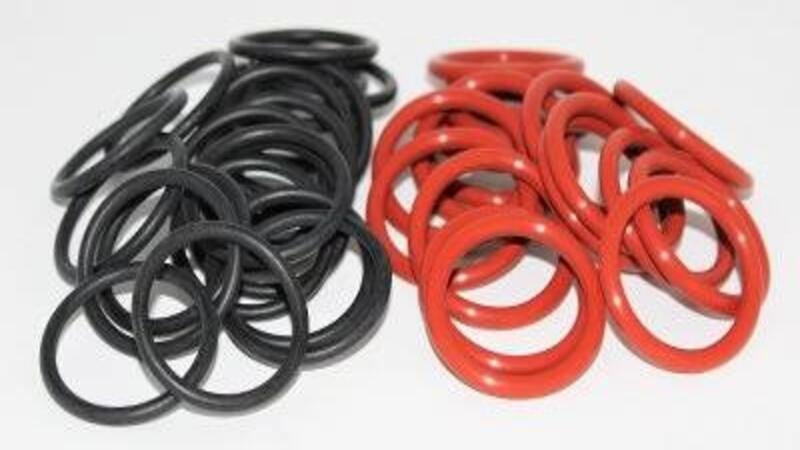
Temperature Resistance
Silicone O-rings are very suitable to be used in extreme temperatures from – 75°F to 450°F. Nitrile O-rings, however, have a temperature range of use of -40°F to 250°F. Silicone is suitable for both high heat or freezing temperatures while nitrile is suitable for moderate temperatures.
Chemical Compatibility
Nitrile O-rings are not for use with petroleum based oils, fuels, or greases. It is best used for automotive and industrial sealing applications only. The Silicone O-rings are chemically versatile but not oil-resistant. They are better for use involving ozone or substances other than petroleum products.
Durability
Nitrile is highly abrasion and tear-resistant and is ideal for use in high-performance conditions. Silicone is more flexible, has elasticity, and does not deform with time.
Applications
Nitrile O-rings are widely used in automotive applications aerospace engineering and hydraulic applications. Silicone is used in medical, food-grade as well as high-heat applications.
How to Choose the Right O-Ring Material
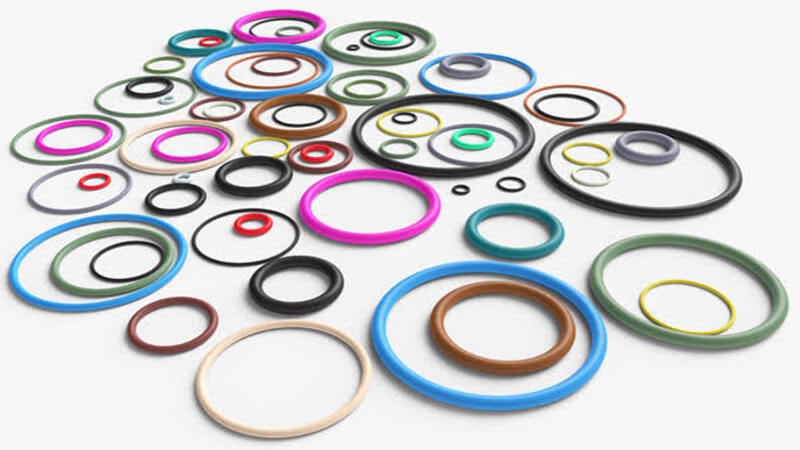
Application Requirements
Select the O-ring material as per the type of application. For high temperatures, choose Viton or silicone. For low temperatures, nitrile or EPDM is suitable for use. Concerning pressure levels—some materials such as PTFE are ideal for high pressure.
For chemical exposure, check compatibility. For instance, fluorocarbon is resistant to oils and fuels and, on the other hand, EPDM is resistant to water and steam.
Industry Standards
Check certifications to ensure that they are real. Silicone or EPDM O-rings which have been approved by the Food and Drug Administration are allowed in food and beverages.
When the product is intended to be used in medical or pharmaceutical applications, use a material that has been tested and rated as USP Class VI by USP. Check with the particular industries’ standards to minimize performance problems or legal concerns.
Environmental Factors
Consider the environmental factors that exist around us. There are general environmental requirements for applications. For UV and ozone resistance—choose the right materials, for example, EPDM. For underwater use, neoprene works. It might be fluorocarbon if the circumstances are severe since it is chemical resistant.
Common Applications of Silicone O-Rings
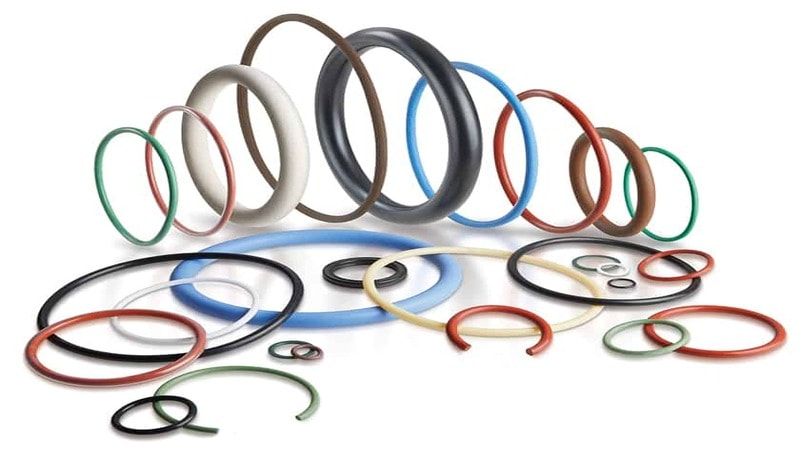
Automotive Industry
Silicone O-rings are widely used in engines, fuel systems, and HVAC systems due to their ability to withstand extreme temperatures. They resist automotive fluids and lubricants, ensuring long-lasting performance.
Food and Beverage Industry
FDA-compliant silicone O-rings are ideal for food processing and packaging. Their non-toxic, odorless properties maintain hygiene in critical applications.
Medical and Pharmaceutical Sectors
These O-rings are biocompatible and sterilizable, making them suitable for medical devices and pharmaceutical equipment.
Aerospace and Aviation
They function efficiently in extreme temperatures and high-altitude environments, ensuring excellent resistance and reliable sealing.
Electronics and Electrical Equipment
Silicone O-rings protect components from dust, water, and interference, enhancing equipment durability.
General Industrial Applications
In pumps, valves, and hydraulic systems, silicone O-rings provide leak-proof seals, ensuring efficient operation.
Benefits of Using Silicone O-Rings in Your Operations
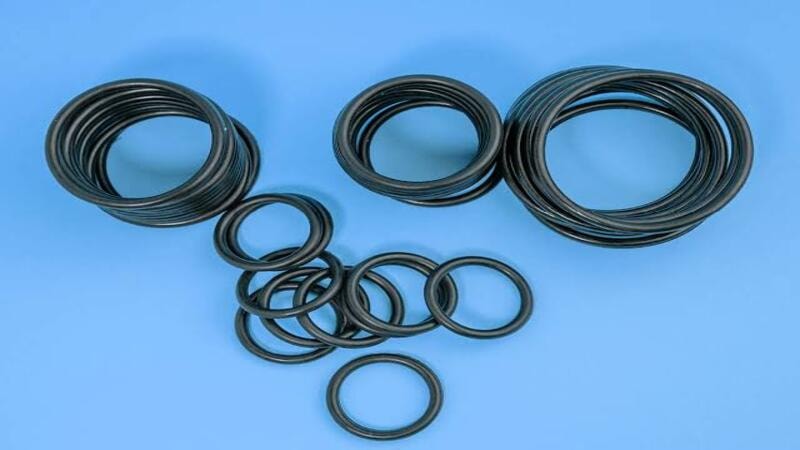
Enhanced performance in extreme environments:
Silicone O-rings have a good temperature range characteristic; they can be used in a wide temperature range, of -75°F to 450°F, making them efficient in extreme conditions.
Reduced maintenance costs:
These durability elements make them useful in applications where they are not easily degraded by wear, UV, or chemical exposure and thus have a long service life, therefore less frequent replacements and less downtime.
Versatility across industries:
Silicone O-rings can be customized with special material that is suitable to be used in aerospace, automotive, food processing, and medical industries.
Eco-friendliness:
Many silicone O-rings are recyclable, offering sustainable options for businesses prioritizing environmental responsibility.
Key Factors to Consider When Buying Silicone O-Rings
Material Quality
High-quality silicone offers excellent tensile strength, low compression set, and superior resistance to wear. Look for certifications like FDA for food safety, RoHS for environmental compliance, and ISO standards to ensure reliability and safety. These markers indicate the material meets stringent industry requirements.
Temperature and Chemical Resistance
Silicone O-rings must perform within specific temperature ranges, from extreme cold to high heat. Confirm their compatibility with oils, solvents, or harsh chemicals relevant to your applications. Choosing the right resistance ensures optimal performance and longevity.
Customization Options
Precise sizing and tight tolerances are essential for leak prevention. Opt for customizable colors, shapes, and durometers to suit specific industrial requirements. Tailored solutions improve sealing efficiency.
Durability and Longevity
High durability comes from resistance to UV, ozone, and aging. Testing for long-term performance ensures reliability in critical environments, reducing failures.
Packaging and Delivery
Evaluate bulk order packaging and shipping logistics to avoid delays. Efficient delivery supports uninterrupted operations.
Common Pitfalls to Avoid When Sourcing Silicone O-Rings
When sourcing silicone O-rings, avoid these common pitfalls:
Choosing the wrong material grade:
Different applications need specific material grades. Using the wrong one can lead to failure.
Overlooking tolerance and sizing:
Incorrect sizing or tolerance can cause leaks and performance problems.
Ignoring compliance certifications:
For industries like food or medicine, ensure that O-rings meet the necessary certifications for safety and regulation.
Rushing orders:
Don’t rush orders without checking the supplier’s reliability, quality standards, and lead times. Poor suppliers can lead to delays or subpar products.
Conclusion
O-rings are small but make a big difference. Picking the right o ring ensures safety, durability, and efficiency. Know the material, size, and purpose before making a choice. With the right O-ring, your equipment runs smoother and lasts longer. Remember, a well-chosen O-ring is the key to reliable performance!
Seal the Deal with the Perfect O-Ring!
Hongju, a trusted custom O-ring manufacturer, offers premium silicone O-rings and high-temperature seals for various applications. With 20+ years of expertise, we provide standard sizes and custom options to meet unique needs. Affordable and effective, O-rings work for static or dynamic uses. Reach out , Let us help you find the perfect fit!